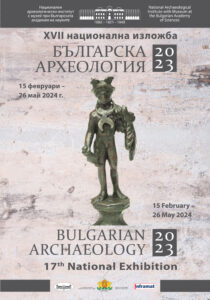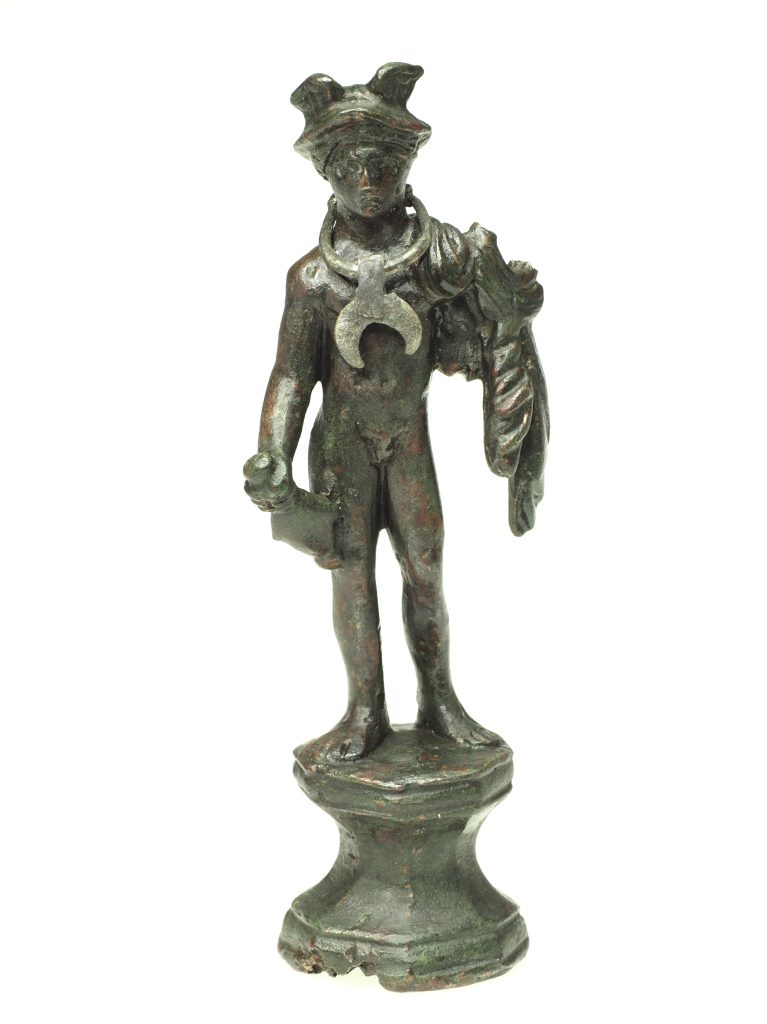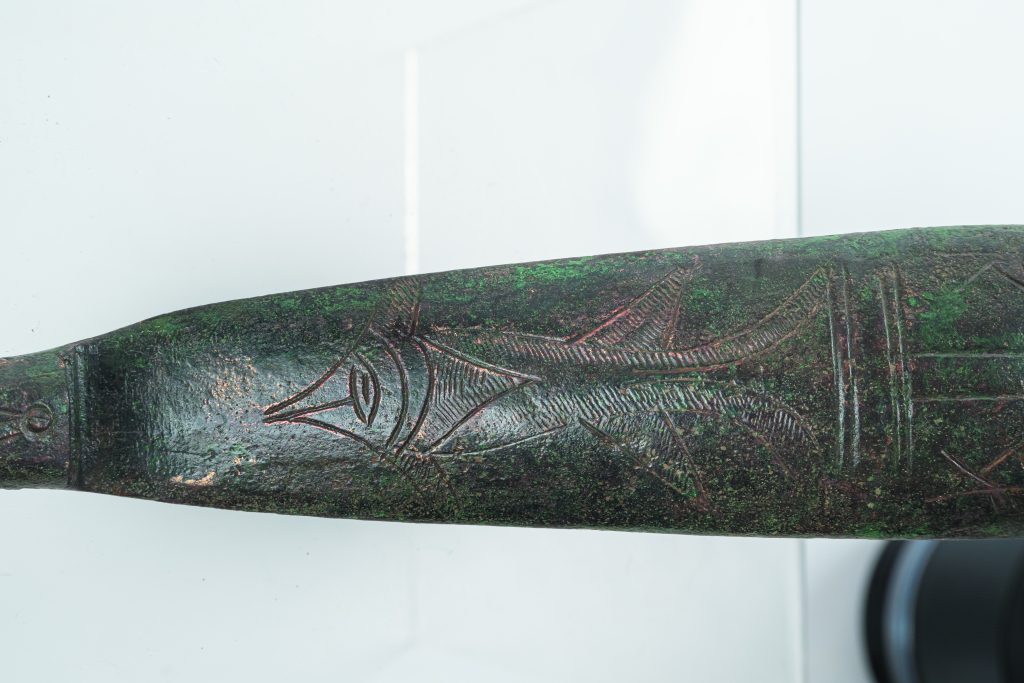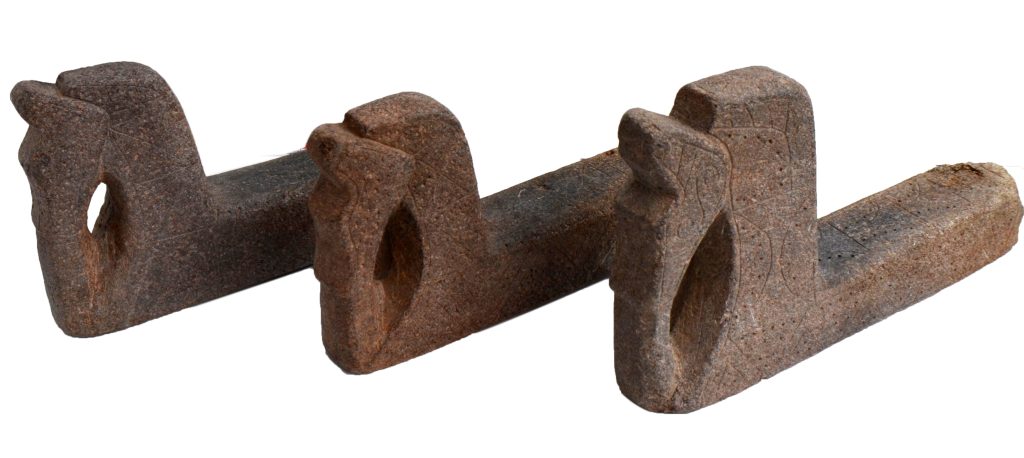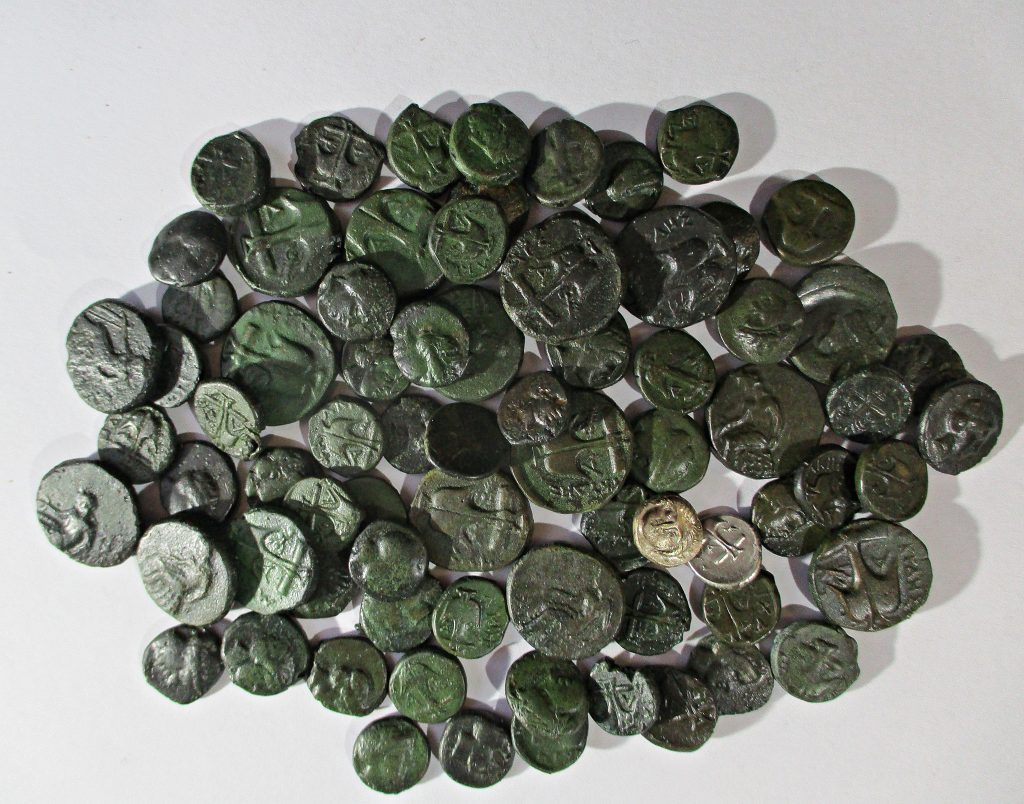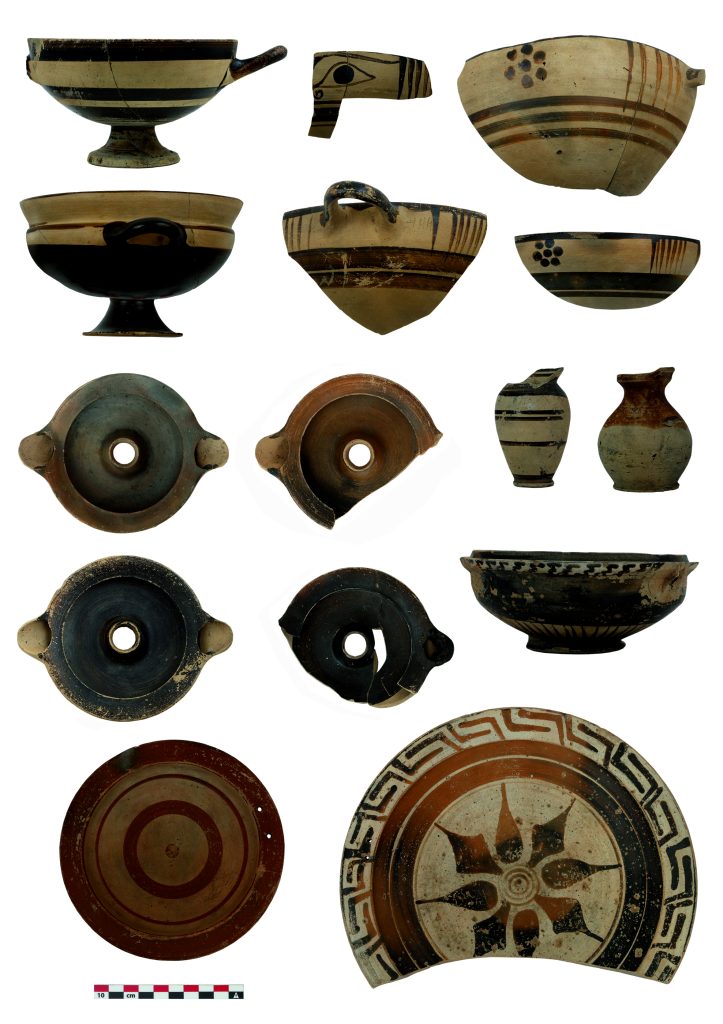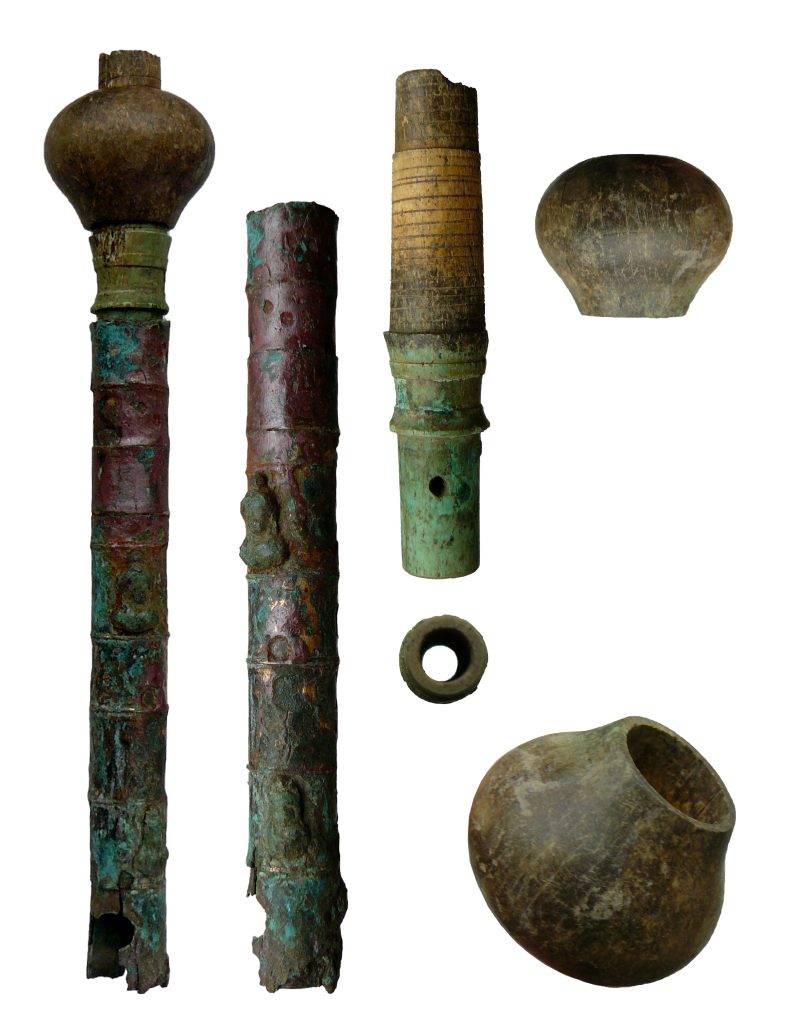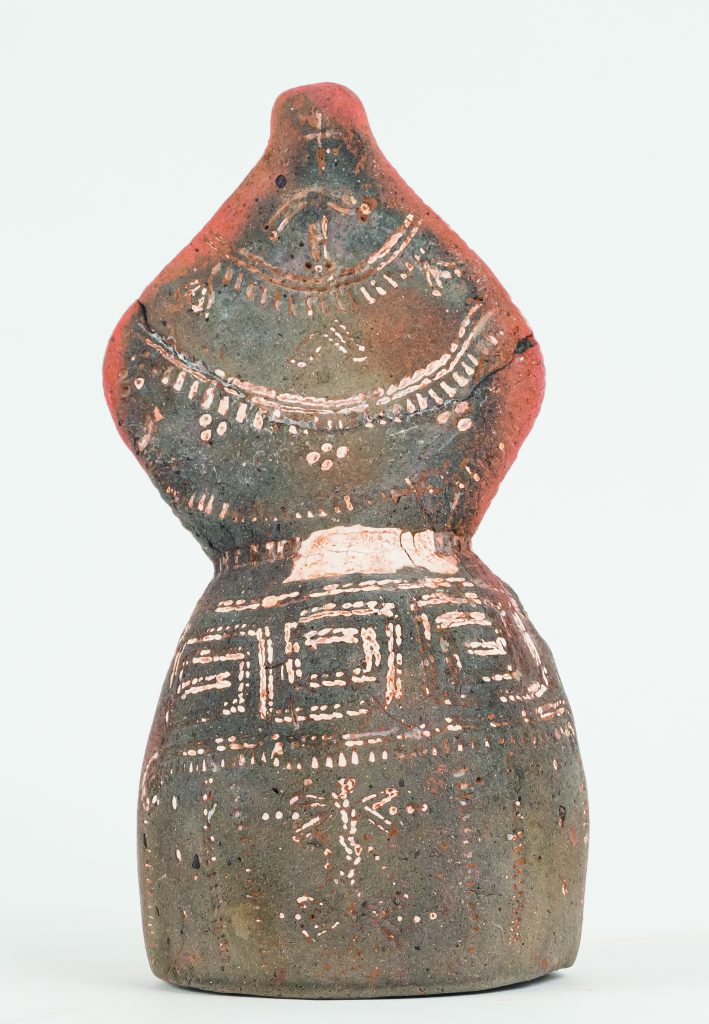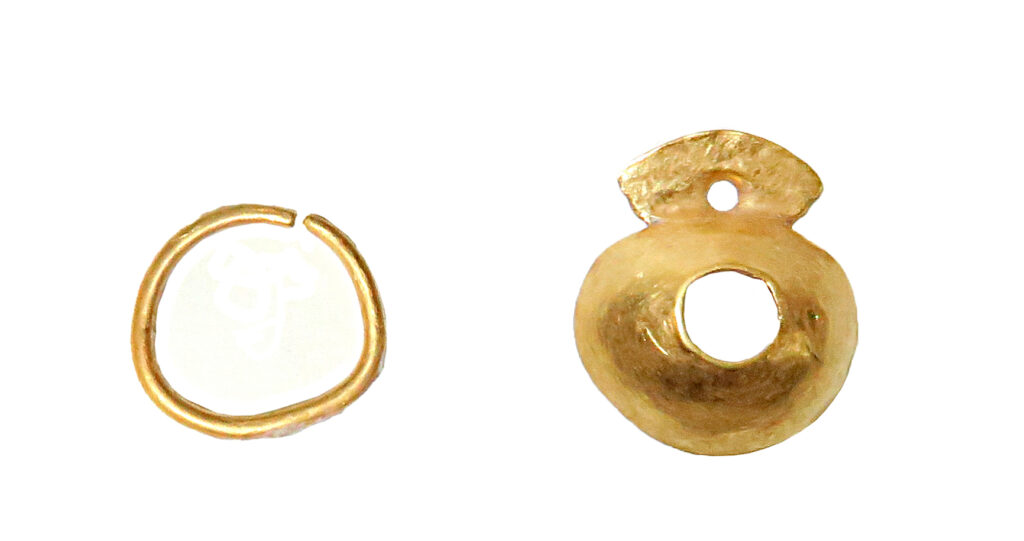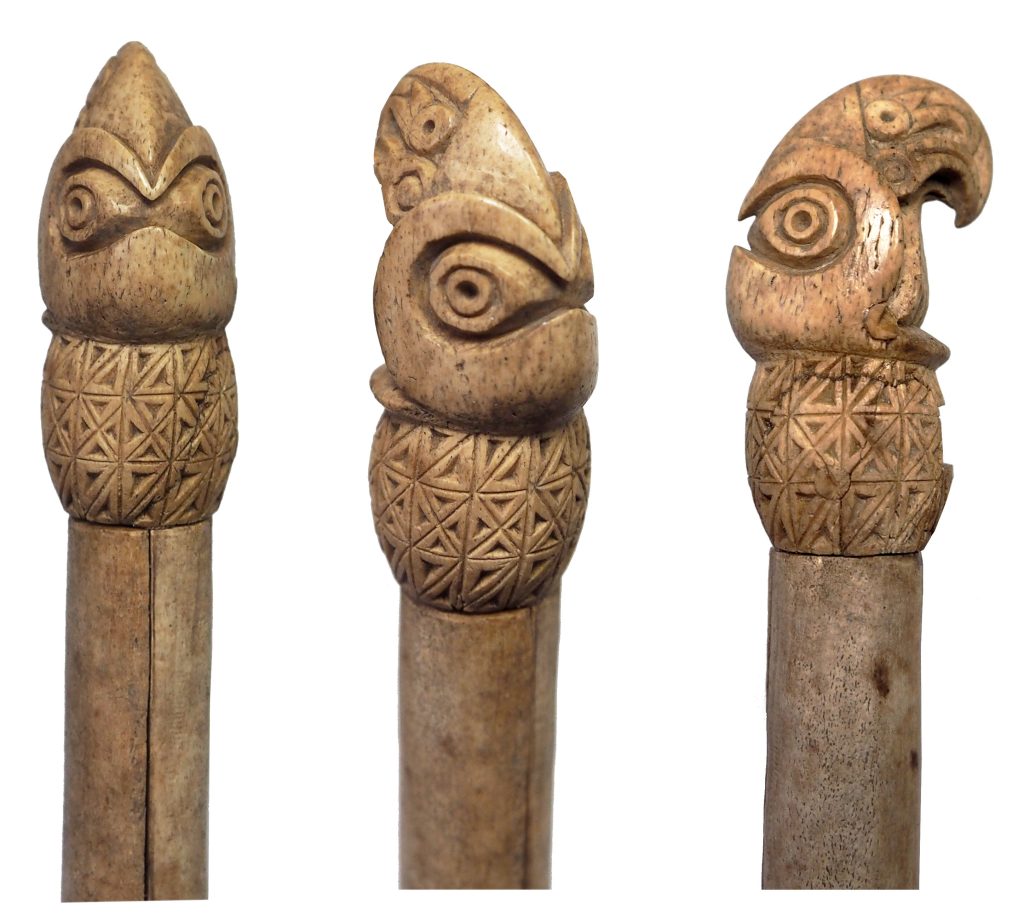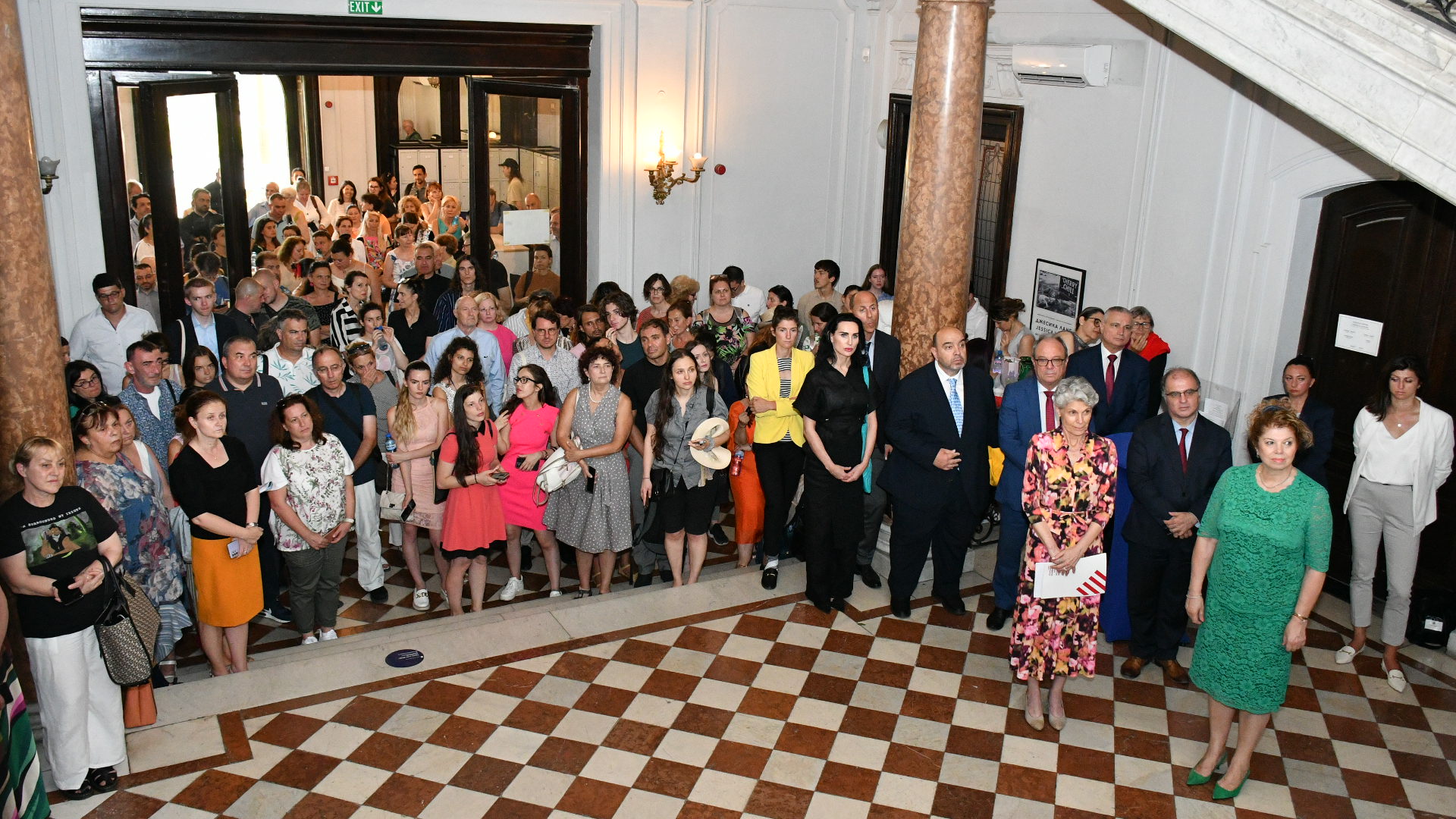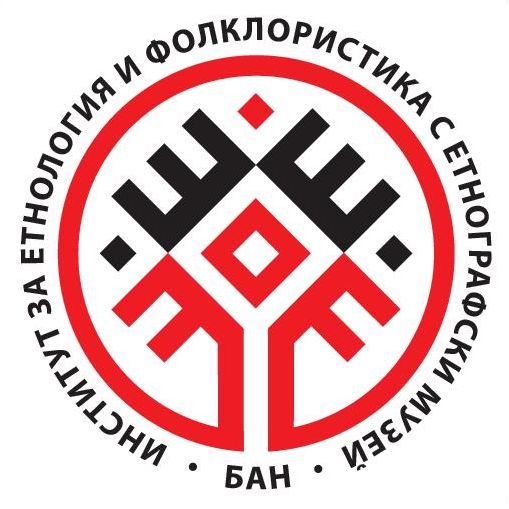The “Bulgarian Archaeology 2023” exhibition will be open for visitors from 15 February to 26 May 2024 in the Central Hall of the National Museum of Archaeology with Museum at 1, Atanas Burov Sq.
The National Archaeological Institute with Museum at the Bulgarian Academy of Sciences (NAIM at BAS) presents the seventeenth national archaeological exhibition “Bulgarian Archaeology 2023”. The exhibition shows the most interesting finds and rich illustrative material from the field work of Bulgarian archaeologists in 2023. It is organized on the occasion of the professional holiday of the archaeologist, 14 February, when it will be officially opened.
“In recent years, due to a number of external factors, the practice of starting the archaeological season later than planned and running it at an extremely fast pace has imposed itself. However, 2023 was a successful year for us. I would like to express my sincere gratitude to my colleagues from our partner museums and to the team of NAIM-BAS for their devoted work on the realization of the “Bulgarian Archaeology” exhibition. The 17th edition is an occasion to congratulate ourselves for the consistency and devotion to our mission to preserve and promote the cultural and historical past of Bulgaria,” said the Director of NAIM at BAS, Assoc. Prof. Dr. Hristo Popov, at a press conference today.
The exhibition presents more than 400 exhibits from 30 sites, different in type and chronology, from Prehistory to the National Revival. Among them are the ongoing studies of the prehistoric settlement mounds at Nova Nadezhda, Provadia, Suvorovo, Yunatsite and Kozareva Mound, the world-famous Varna Chalcolithic Necropolis, the Late Bronze Age necropolis at Balei, the Greek colonies of Apollonia Pontica (Sozopol) and Emporion Pistiros, the Roman town of Deultum, the ancient fortresses of Borovets, Yakoruda and Bukelon, the medieval towns of Lyutitsa and Melnik. Also presented are sites from the large-scale rescue archaeological excavations related to the renewal of the railway infrastructure by the National Railway company, including the Roman road station Cile near Chirpan, the multi-layered sites at Aldomirovtsi and Skutare and the Late Iron Age pit complex at Paunovo. Of particular interest in terms of the specifics of the research and the finds discovered are the underwater explorations in the port of Sozopol and the shipwreck “Urdoviza” near Kiten.
Among the most impressive finds are prehistoric jewelry made of gold, marble and Spondylus shell from Varna necropolis and Yunatsite, a richly decorated anthropomorphic ceramic figure from Balei, a bone scepter from Provadia, stone andirons from Paunovo, a collective find of 76 coins from Apollonia, a bronze flute from Skutare, a bronze figurine of Hermes (Mercury) from Cile, medieval jewellery and costume elements from Lyutitsa, Kavlaklak (Shumen) and Shirokovo (Rousse), porcelain tea cups from China from the shipwreck of Urdoviza.
The context of the discovery of all these finds and the results of a number of other investigations from over 40 sites in 2023 are illustrated through posters.
The 17th “Bulgarian Archaeology” exhibition is the result of collaboration and partnership with 23 history and archaeology museums across the country which provide finds from their collections.


